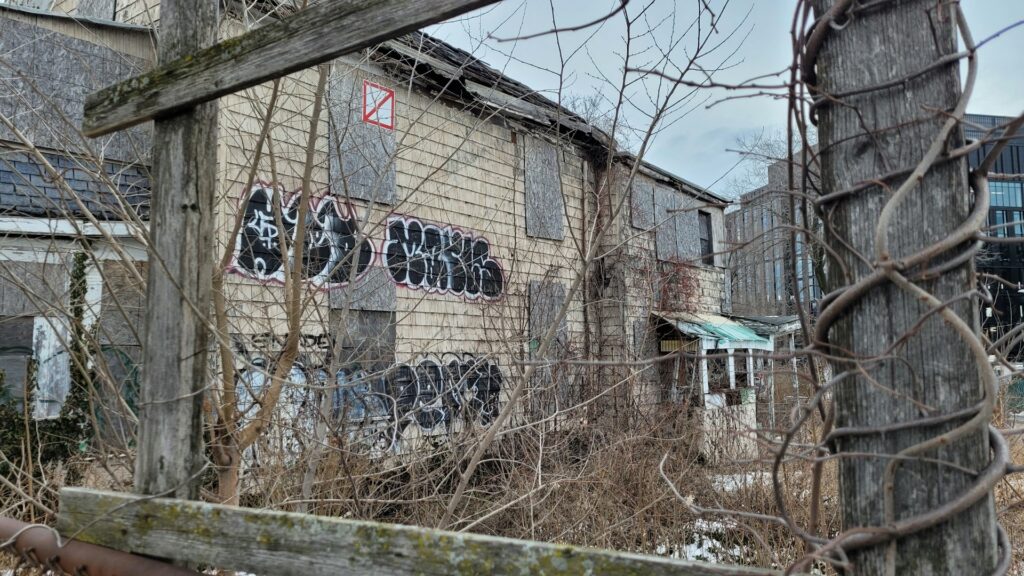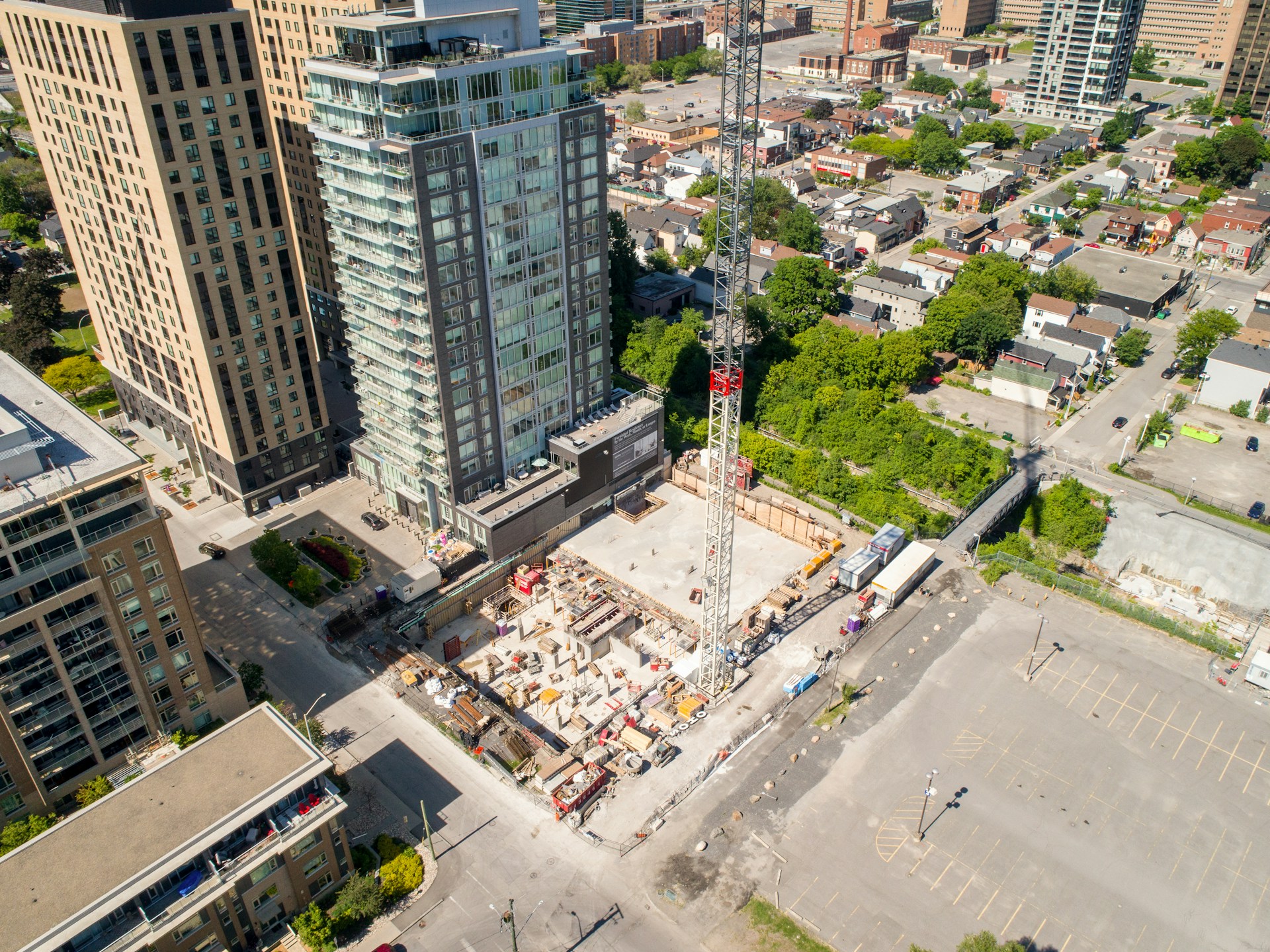Social Costs vs. Economic Benefits of Gentrification
Gentrification is a multifaceted social process that alters the conditions and make up of urban communities through processes such as; migration of upscale populations, additional investment and revitalization projects.
On the positive aspect, it was seen that it has massive economic effects, such as raising property values, better infrastructures; nevertheless, it entails social costs, like displacement and cultural loss.
In this blog there are analyses the economic benefits of gentrification and its social impact of, and the necessity of effective protection against evictions of the residents of the territories.
Economic Benefits of Gentrification: Revitalization and Prosperity
The benefits of gentrification include economic improvement through the improvements that are brought in the neighborhoods which allow investments to trigger improvements.
The key economic benefits of gentrification include:
1. Increased Property Values and Tax Revenue
One of its advantages is high effectiveness in increasing property values and, therefore, tax revenue.
Majorly seen impacts of gentrification include increased property prices as part of the affordances of the process.
When the affluent persons relocate to a particular region, the resulted push the demand for housing and hence the prices for real estate’s up.
This is advantageous for homeowners who observe an increase in property equity hence economic stability and prospects for wealth creation.
In addition, higher property values also increases the tax revenues of the municipalities.
This sort of incremental revenue can help local governments increase sewer, water and other utility fees to subsequently invest back into public services, such as schools, public transportation, and other services necessary for making residents’ lives better.
2. Better resource structure and facilities
The result of incoming investments is usually building up the advanced physical facilities such as communications and transport networks as well as utilities.
New businesses forming part of the change comprise cafes, restaurants, and shops, resulting in active commercial areas.
Public facilities in the form of parks and community facilities are also upgraded thus zoning makes neighborhood aesthetically and more habitable.

Social Costs of Gentrification: Displacement and Inequality
However, gentrification is not associated with equal economic advantages.
For some the process widens social disparity, let out sensitive residents and undermines community characteristics, bringing out the social costs of the process.
1. Occupation Rights Violation: Long-Term Tenants Eviction
High property prices and rents end up being way beyond the reach of long-time dwellers let alone renters and individuals of low income.
It results to migration, people are compelled to move from more favorable regions into cheaper but less favorable territory.
Owners of properties may be forced to part with more cash than they can handle through the property taxes levied and this results in strapped finances and, in severe cases, foreclosure of the property.
Displacement erodes social relations, and compels families of children to be displaced from their schools, their jobs and personal networks, resulting in long-term financial implications as well as psychological trauma for the affected children.
2. Cultural Erosion and Loss of Community Identity
With the change in people and companies, traditions, businesses, and monuments change too as new residents and business invest in a neighborhood.
There is the loss of ethnic cuisine and unique shops for ethnic restaurants, local markets and cultural food festivals and in their place come modern shopping malls full of exotic brands, franchises and more franchises.
This cultural erasure usually results in conflict between the old and the new residents, making those social costs even larger and eroding the feeling of togetherness.
3. Deepened Inequality
Despite the fact that gentrification has contributed towards the diversification of the economy, removing stark contrasts between prosperous and deprived neighbour-hoods it only widens these contrasts when observed from the level of cities.
People with more money are getting better facilities while poor families are shoved off to neighborhoods that have poor facilities, bad schools and few and low paying jobs.
This all aggravates poverty and strengthens ‘cultural’ formations of exclusion.
Striking a Balance: Inclusive and Equitable Development
Following the detecting on the economic benefits of gentrification and subsequent social costs, the ways that the policy makers and the urban planners need to put in place are the ones that would address the issue of gentrification to safeguard the others from being displaced.
1. Affordable Housing Policies
Some of the policies are housing-zoning ordinances where cities can make it mandatory for new developments to set aside some of their units for low and moderate income earners.
It also means rent control policies can shield renters against a rent hike, allowing these groups of people to remain in their particular neighborhoods even as property values appreciate.
Another one is community land trust that is also very useful.
Through acquisition, holding and steering of land away from speculative market and disposition to community stewardship, the land trusts retain affordable homes avoiding people eviction.
2. Citizenship Engagement and Involvement
Implementation of residents in the processes of urban planning means that development projects meet the intended objectives.
The community members can participate in the budget-making process through voting, and others through consultations, which strengthen accountability and partnership.
3. Fair Share Rule
Governments can harness the tax revenue accrued from gentrification to part-fund projects that favor the low-income aggrandizement.
Such measures might be partnerships in job training, education, or upgrading the standard and efficiency of public services in poor neighborhoods.
4. Cultural preservation
Strategies for the protection of local businesses and cultural establishments enable a neighborhood to maintain social identity throughout the process of transition.
For example, offering of grants or tax exemptions guarantees that legacy enterprises remain sustainable as the overall cost of doing business rises.
Conclusion: Toward Sustainable Urban Growth
Gentrification can be neither considered as a positive nor as negative trend on its own – it can be viewed both as beneficial in terms of attracting investments and negative in terms of social implications.
On the other hand, it can provide boosted destination vitality, bring new investments, and create employment opportunities, but it may result to the exploitative displacement of susceptible groups, and loss of cultural heritage.
The great measure is to restore of mix of bleak economy and sensible economic nearness.
Cities also have the ability of transforming gentrification from being a disadvantage to an advantage by using polices that are friendly to the people, encouraging participation of residents in such cities, and providing equal opportunities of access to the physical resources available.
If properly attended to and guided by justice, cities are built to shape a greener future for the people and to provide for actualization of prosperity in equally diverse neighborhoods.
Also read: Gentrification and its Impact on Affordable Housing

